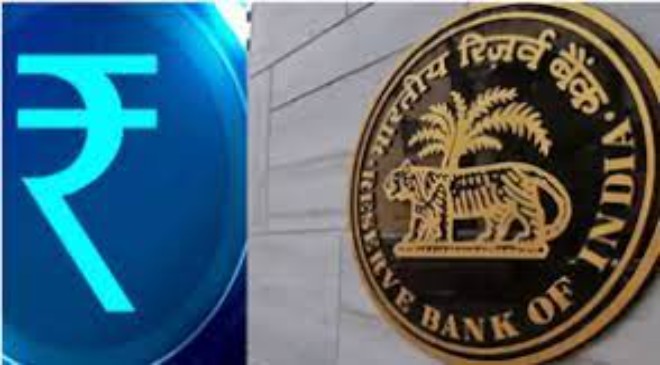THERE is tremendous interest surrounding the launch of e-Rupee. The intent of having India’s own CBDC, or Central Bank Digital Currency, was first announced by Finance Minister Nirmala Sitharaman in her speech while presenting the Union Budget 2022-23. Since then, it has been designed and even pilots launched (on November 1 for the wholesale segment and on December 1 for the retail segment) to test its feasibility prior to a full-scale project.
e-Rupee or UPI?
The biggest difference between e-Rupee – and other CBDCs – and a system such as the Unified Payments Interface (UPI) is that there are no intermediaries involved in transactions that use e-Rupee.
Read More: Yes Bank shares jump 15% to hit 52-week high today; here’s why
“Any UPI transaction involves the intermediation of a bank. When I use a UPI app, the message goes to my bank; the bank account gets debited; money gets transferred to the recipient’s bank; and he gets a message. In CBDC, just as paper currency … it will move from your wallet to his wallet. There is no routing or intermediation,” explained RBI Governor Shaktikanta Das.
With UPI, the exchange of money happens from bank account to bank account. With e-Rupee, it takes place between wallet to wallet. It assumes the exact denominations of physical cash and will not earn interest when parked in an e-wallet.
Think of physical money: You withdraw liquid cash from your account and put it in your wallet. When you exchange it for goods or services, you simply hand it over to the other party. The money is not routed through a bank. With UPI, the front-end transaction seems to happen almost instantly, yet in reality, it takes about a day to conclude inter-bank settlements.
Read More: Dhanlaxmi Bank Hikes Interest Rates On Fixed Deposits Up To 7.25%
As such, while there is a settlement risk in UPI owing to the presence of an intermediary, there is no settlement risk when it comes to e-Rupee since it is issued by RBI and could also be much faster.
Moreover, e-Rupee is more secure than physical money. But the biggest reason why RBI would like to gradually ease reliance on physical money and shift to digital currency might be the costs associated with managing physical cash: according to RBI, Rs 4,984.80 crore worth of expenditure was incurred for the fiscal year 2021-22.
The retail version of e-Rupee can be used by individuals for all transactions where they would use cash to buy things, repay debt, or just give it to friends or relatives, etc.
The timeline
In October, the Reserve Bank of India released a concept note on CBDC with an aim to spread awareness about the planned features of the digital rupee. The first pilot for the wholesale segment (e-Rupee W) began on November 1 while the pilot for the retail segment was initiated on December 1.
What may happen
There is a chance that UPI use could decline due to the introduction of e-Rupee. UPI may be free now but it could be chargeable going forward just as certain bank transfers are charged. If e-Rupee proves to be efficient and reliable, there will be many who will make the shift to it.
But, if somebody prefers their money to be parked in an account and earn interest, they will continue to prefer UPI.
Of course, there is a long road ahead. e-Rupee guarantees more anonymity in use but it needs to be user-friendly and based on robust, sound technology. In the end, whether or not people accept it depends on social and cultural factors too.





































